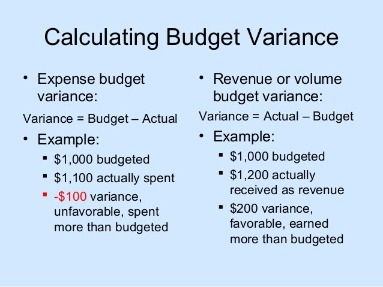Content

Annual depreciation is equal to the cost of the asset, minus the salvage value, divided by the useful life of the asset. The first year works the same as the fixed cost method explained above as there is no prior depreciation with which to diminish the balance. But each year thereafter is different, it will always be a little less each year.
- The system bases the depreciation calculation on the cost, rather than the adjusted cost .
- According to straight line depreciation, the company machinery will depreciate $500 every year.
- Accumulated depreciation is recorded as a contra asset via the credit portion of a journal entry.
- Notice, that the Tangible assets are all those assets that the company owns and can be seen as a part of the balance sheet.
- Now let us look at the two different methods and how we calculate accumulated depreciation in each.
https://intuit-payroll.org/ expenses appear on the income statement during the recording period, while accumulated depreciation shows up on the balance sheet under related capitalised assets. You’ll note that the balance increases over time as depreciation expenses are added.
Monthly vs. Annual Appreciated Depreciation
The straight-line value calculates equal annual depreciation for every year of the asset’s useful life until it gets down to salvage value. To convert this figure into a monthly depreciation rate, divide your result by 12. You must indicate the current year-to-date method of computation with the ACRS Alternate Real Property depreciation method.
Is monthly depreciation a fixed cost?
Depreciation is a fixed cost, because it recurs in the same amount per period throughout the useful life of an asset. Depreciation cannot be considered a variable cost, since it does not vary with activity volume.
§ If the NBV less salvage value is greater than zero, it is How To Calculate Monthly Accumulated Depreciation d by the remaining life months as of the beginning of the current fiscal year. In addition to calculating each month’s depreciation expense, you can track an asset’s accumulated depreciation and current value.
How Do You Calculate Accumulated Depreciation?
Residual ValueResidual value is the estimated scrap value of an asset at the end of its lease or useful life, also known as the salvage value. It represents the amount of value the owner will obtain or expect to get eventually when the asset is disposed. The extra amounts of depreciation include the bonus depreciation and deductions according to Section 179. It can change the amounts every year, so always have a check with your tax preparer. Depreciation amount changes from one year to another year using either of these methods, so it becomes more complicated for calculating the straight-line method.

